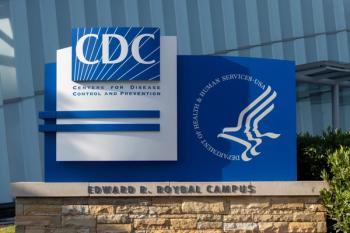
Harnessing Mathematics to Improve Immunotherapy
Numerical simulations show the long-term success of immunotherapy is dependent on random fluctuations.
Prior studies have shown that tumor cells can change their external appearance if an inflammatory reaction occurred during treatment. Mathematicians and physicians have now developed a new way to describe this effect mathematically for analysis in the use of immunotherapy for cancer.
The study model was published in Scientific Reports by physicians and mathematicians from the Excellence Cluster of the University of Bonn.
“The initial results show that treatment with several types of immune cells could in fact be a promising approach,” said lead scientist Anton Bovier.
The studies were based on a stochastic model from the area of adaptive dynamics, developed for application by the mathmaticians.
“(In cancer research) tumors are nothing other than populations of cancer cells, which interact with one another in a very complex manner and react to their environment in the form of the body and its immune system,” Bovier said.
In the study, the numerical simulations showed that the long-term success of immunotherapy was dependent on random fluctuations in the population sizes of cancer and immune cells, regardless of identical starting conditions.
This effect still needs to be investigated experimentally to determine if it occurs in reality.
Additionally, virtual research showed that under certain circumstances, treatment could increase of the probability of mutations in cancer cells. During numerical simulations, researchers found that the therapy actually accelerate the development toward aggressive forms of cancer, in some cases.
“This project can both call the attention of mathematicians to possible applications of their work in a medical context and also sensitize physicians to the use of mathematical methods,” said researcher Michael Hölzel. “In any case, we will continue to do joint research in the fight against cancer.”
This model could be used in the future for computer simulation of different therapeutic approaches, resulting in the development of optimal treatment.
Newsletter
Stay informed on drug updates, treatment guidelines, and pharmacy practice trends—subscribe to Pharmacy Times for weekly clinical insights.




















































































































































































































